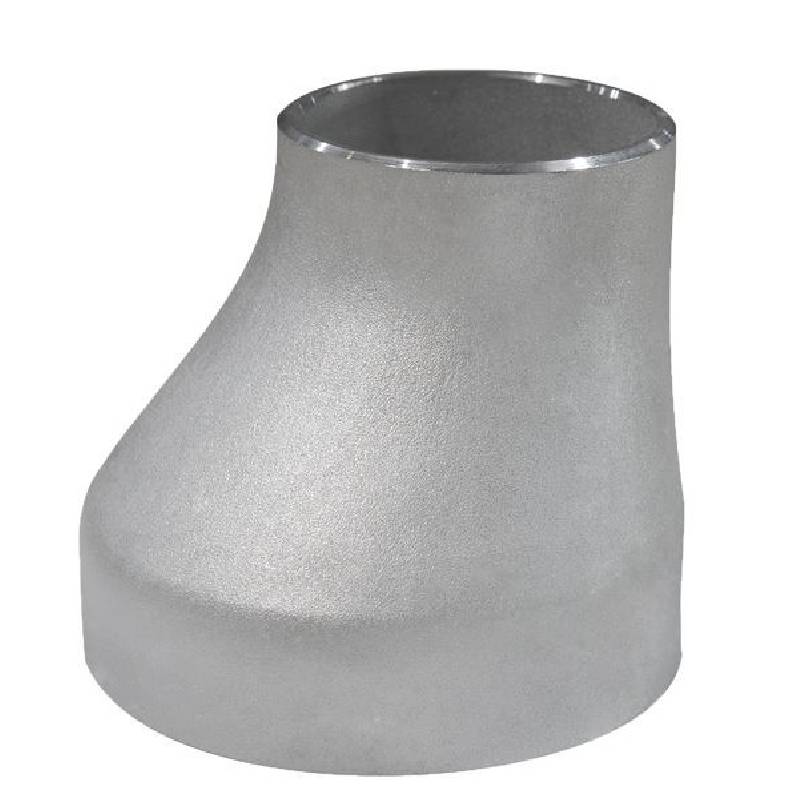-
Cangzhou Yulong Steel Co., Ltd.
-
Phone:
+86 13303177267 -
Email:
admin@ylsteelfittings.com
- English
- Arabic
- Italian
- Spanish
- Portuguese
- German
- kazakh
- Persian
- Greek
- French
- Russian
- Polish
- Thai
- Indonesian
- Vietnamese
- Zulu
- Korean
- Uzbek
- Hindi
- Serbian
- Malay
- Ukrainian
- Gujarati
- Haitian Creole
- hausa
- hawaiian
- Hebrew
- Miao
- Hungarian
- Icelandic
- igbo
- irish
- Japanese
- Javanese
- Kannada
- Khmer
- Rwandese
- Afrikaans
- Albanian
- Amharic
- Armenian
- Azerbaijani
- Basque
- Belarusian
- Bengali
- Bosnian
- Bulgarian
- Catalan
- Cebuano
- China
- China (Taiwan)
- Corsican
- Croatian
- Czech
- Danish
- Esperanto
- Estonian
- Finnish
- Frisian
- Galician
- Georgian
- Kurdish
- Kyrgyz
- Lao
- Latin
- Latvian
- Lithuanian
- Luxembourgish
- Macedonian
- Malgashi
- Malayalam
- Maltese
- Maori
- Marathi
- Mongolian
- Myanmar
- Nepali
- Norwegian
- Norwegian
- Occitan
- Pashto
- Dutch
- Punjabi
- Romanian
- Samoan
- Scottish Gaelic
- Sesotho
- Shona
- Sindhi
- Sinhala
- Slovak
- Slovenian
- Somali
- Sundanese
- Swahili
- Swedish
- Tagalog
- Tajik
- Tamil
- Tatar
- Telugu
- Turkish
- Turkmen
- Urdu
- Uighur
- Welsh
- Bantu
- Yiddish
- Yoruba

Nov . 09, 2024 17:31 Back to list
Welded Steel Pipe Fittings for Efficient Pipeline Connections and Durability
Understanding Steel Pipe Weld Fittings
Steel pipe weld fittings play a crucial role in connecting steel pipes in various industries, including construction, oil and gas, chemical processing, and water management. These fittings are essential components that ensure the integrity and efficiency of piping systems, allowing for the smooth flow of liquids, gases, and other materials.
Types of Steel Pipe Weld Fittings
Steel pipe weld fittings come in various shapes and sizes, accommodating different piping configurations and requirements. The most common types include
1. Elbows These fittings allow for directional changes in pipes, typically at angles of 90 or 45 degrees. Elbows are vital for rerouting pipelines and avoiding obstacles.
2. Reducers Used to connect pipes of different diameters, reducers facilitate the transition from a larger pipe to a smaller one and vice versa. They are essential in managing flow rates and pressures.
3. Tees Tee fittings branch off a pipe in a T-shape, enabling the connection of three pipe sections. They are often used for distributing flow to multiple locations.
4. Caps Caps are used to close the ends of a pipe. They can be essential in processes that require the isolation of a segment of the piping system.
5. Flanges Flanged fittings provide a flat surface for connecting pipes and other components securely. They are often bolted together to ensure a leak-proof seal.
Materials and Manufacturing
steel pipe weld fittings

Steel pipe weld fittings are typically made from carbon steel, stainless steel, or alloy steel, depending on the application and environmental conditions. The manufacturing process usually involves techniques such as forging, casting, or machining. It's crucial that these fittings meet specific industry standards, such as ASME, ASTM, or ANSI, to ensure their strength and durability.
The choice of material affects the fittings' resistance to corrosion, temperature fluctuations, and pressure changes. For instance, stainless steel fittings are favored in environments prone to rust and corrosion, while carbon steel is widely used in general applications due to its cost-effectiveness.
Importance of Quality and Standards
Quality is paramount when it comes to steel pipe weld fittings. Poorly manufactured fittings can lead to leaks, system failures, and costly repairs. Adhering to stringent quality standards helps ensure reliability and safety. Organizations often conduct rigorous testing, including pressure tests and non-destructive testing methods, to verify the integrity of these fittings.
In recent years, there has been a notable shift towards adhering to sustainability standards and environmentally friendly practices in manufacturing. This includes reducing waste, minimizing energy consumption, and ensuring that materials are sourced responsibly.
Installation and Application
Proper installation of steel pipe weld fittings is critical for ensuring the longevity and effectiveness of a piping system. The welding process itself requires skilled labor, as it involves the precise alignment of the fitting and pipe, followed by the application of heat and filler material to create a strong bond.
There are various welding techniques employed, including MIG (Metal Inert Gas), TIG (Tungsten Inert Gas), and stick welding. The choice of technique often depends on the thickness of the materials, the environment, and the specific requirements of the project.
Steel pipe weld fittings find applications across multiple sectors. In the oil and gas industry, for example, they are used for transporting crude oil and natural gas. In water supply systems, these fittings help deliver clean water to communities. Chemical processing plants utilize them for safely transporting hazardous materials.
Conclusion
In conclusion, steel pipe weld fittings are essential components of modern piping systems, facilitating the safe and efficient transport of various substances across numerous industries. Understanding the different types, materials, and standards associated with these fittings is vital for anyone involved in the design, installation, or maintenance of piping systems. As industries continuing to evolve, the demand for high-quality, reliable steel pipe weld fittings remains ever-present, underscoring their importance in infrastructure and industrial applications.
Latest news
-
ANSI 150P SS304 SO FLANGE
NewsFeb.14,2025
-
ASTM A333GR6 STEEL PIPE
NewsJan.20,2025
-
ANSI B16.5 WELDING NECK FLANGE
NewsJan.15,2026
-
ANSI B16.5 SLIP-ON FLANGE
NewsApr.19,2024
-
SABS 1123 FLANGE
NewsJan.15,2025
-
DIN86044 PLATE FLANGE
NewsApr.19,2024
-
DIN2527 BLIND FLANGE
NewsApr.12,2024
-
JIS B2311 Butt-Welding Fittings LR/SR 45°/90° /180°Seamless/Weld
NewsApr.23,2024











